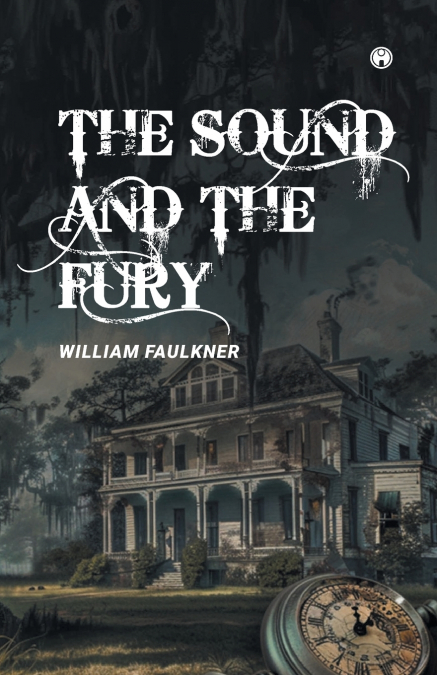
William Faulkner
The Sound and the Fury (1929) is William Faulkner’s groundbreaking modernist masterpiece, widely regarded as one of the most important works of 20th-century American literature. Set in the fictional Yoknapatawpha County, Mississippi, the novel offers a deeply layered and emotionally intense exploration of the disintegration of the once-aristocratic Compson family over the course of several decades.Told through a fragmented, stream-of-consciousness narrative, the novel is divided into four distinct sections, each with a unique narrator and stylistic approach. The first section plunges readers into the chaotic inner world of Benjy, a cognitively disabled man whose sense of time is nonlinear, reflecting the loss and confusion he feels. The second part shifts to Quentin, Benjy’s tormented brother, who narrates from his Harvard dorm room on the day he plans to end his life, revealing his obsession with his sister Caddy’s purity and the family’s honor. The third section is presented from the perspective of Jason, the cynical and bitter youngest brother, who embodies the moral decay and materialism that plague the modern South. The final section, told in the third person but centering on the Compson’s black servant Dilsey, offers a redemptive yet somber view of endurance, faith, and dignity in the face of generational collapse.Faulkner’s innovative use of language-marked by shifting timelines, unpunctuated thoughts, and inner monologue-forces the reader to piece together meaning from subjective experience. The novel delves into themes of memory, identity, loss, racial tension, and the haunting remnants of Southern tradition. Through its unconventional narrative structure and emotional intensity, The Sound and the Fury challenges conventional storytelling and offers a profound meditation on the human condition.